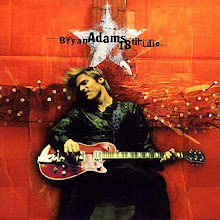Layer 2 Services
Virtual LAN
A Layer 2 technique that allows for the coexistence of multiple LAN broadcast domains, interconnected via trunks using the IEEE 802.1Q trunking protocol. Other trunking protocols have been used but are obsolete, including Inter-Switch Link (ISL), IEEE 802.10 (originally a security protocol but a subset was introduced for trunking), and ATM LAN Emulation (LANE).
Virtual Private LAN Service (VPLS)
Developed by IEEE, VLANs allow multiple tagged LANs to share common trunking. VLANs frequently are composed only of customer-owned facilities. The former is a layer 1 technology that supports emulation of both point-to-point and point-to-multipoint topologies. The method discussed here is an extension of Layer 2 technologies such as 802.1d and 802.1q LAN trunking, extended to run over transports such as Metro Ethernet.
As used in this context rather than private line, a VPLS is a Layer 2 PPVPN that emulates the full functionality of a traditional Local Area Network (LAN). From the user standpoint, VPLS makes it possible to interconnect several LAN segments over a packet-switched or optical provider core, a core transparent to the customer, and makes the remote LAN segments behave as one single LAN.
In a VPLS, the provider network emulates a learning bridge, which optionally may include VLAN service.
Pseudo Wire (PW)
PW is similar to VPWS, but it can provide different L2 protocols at both ends. Typically, its interface is a WAN protocol such as ATM or Frame Relay. In contrast, when the goal is to provide the appearance of a LAN contiguous between two or more locations, the Virtual Private LAN service or IPLS would be appropriate.
IP-Only LAN-Like Service (IPLS)
A subset of VPLS, the CE devices must have L3 capabilities; the IPLS presents packets rather than frames. It may support IPv4 or IPv6.

No comments:
Post a Comment